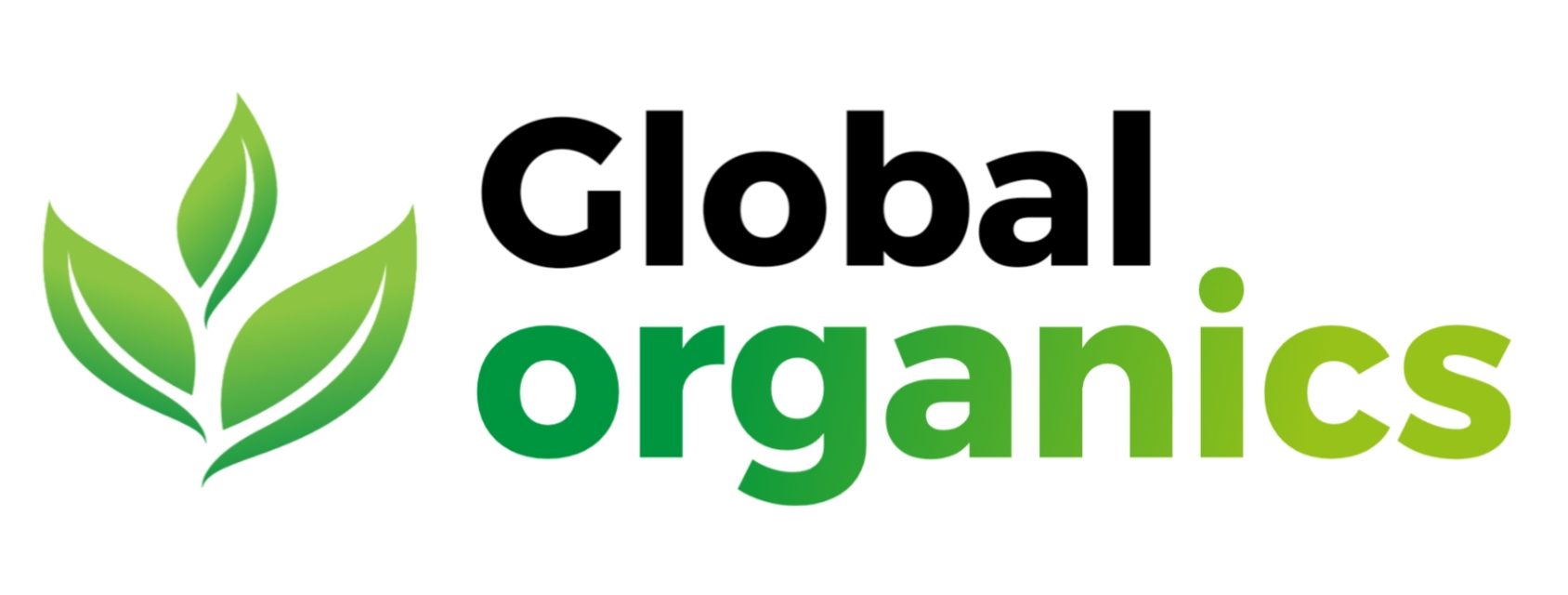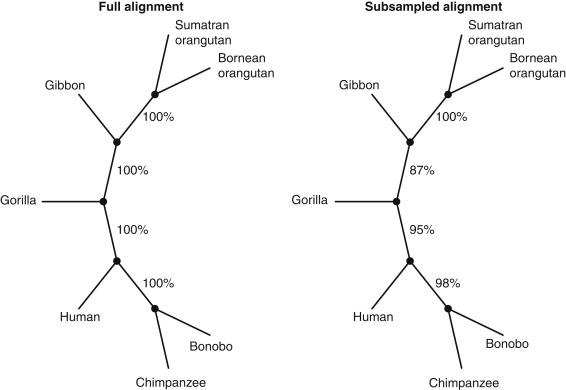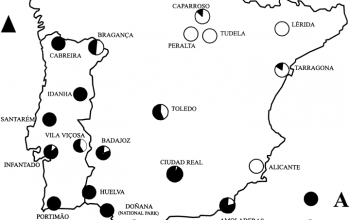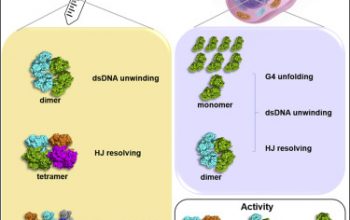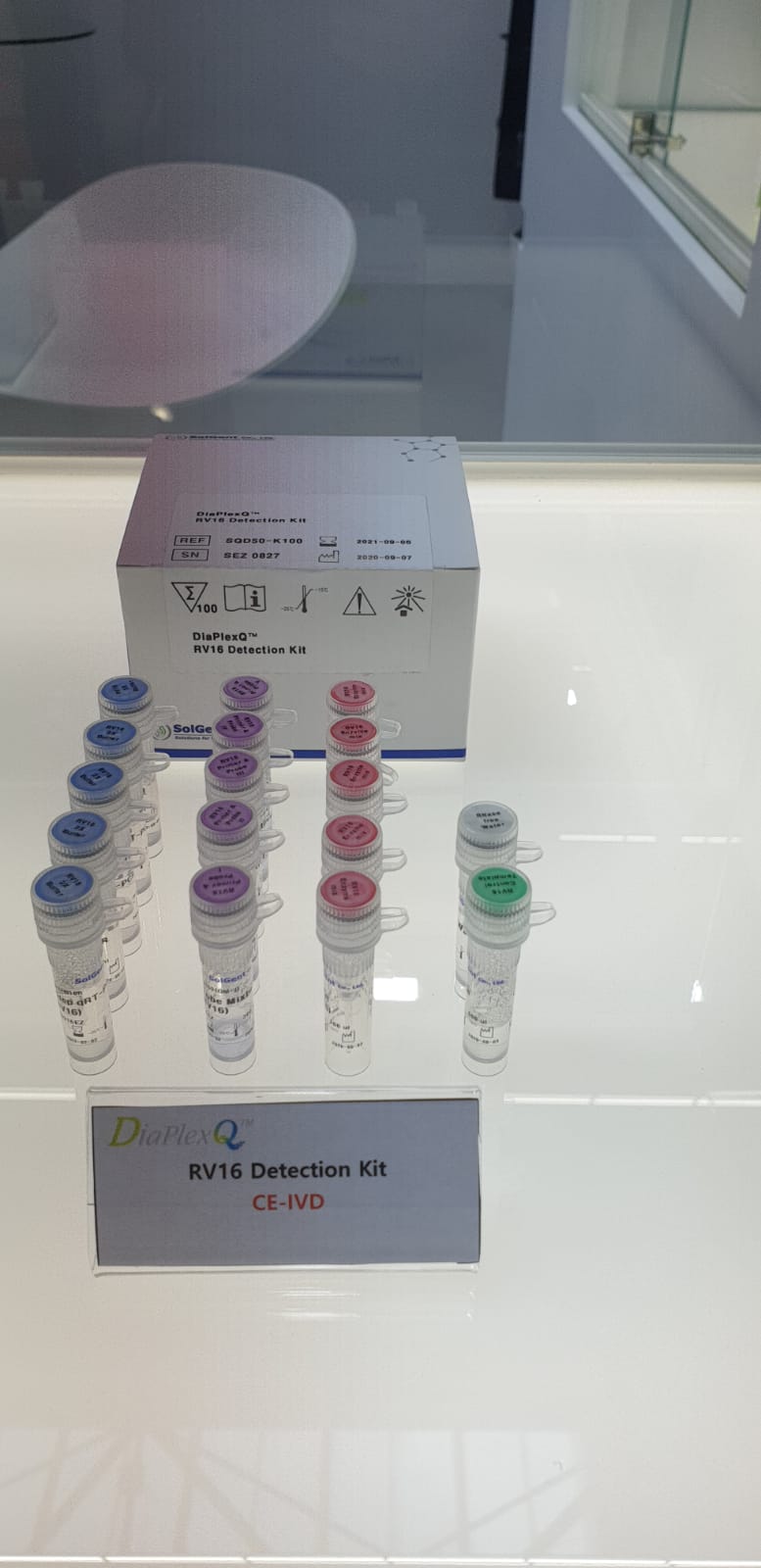Product Overview
Recombinant Pongo abelii (Sumatran Orangutan), member 5 of the lysosome-associated membrane protein family (NP_001126676.1) (30-234 aa) was expressed in yeast with a 6xHis tag at the N-terminus. Biological activity was determined by its binding capacity in a functional ELISA. This product can be used in ELISA, WB, IP.
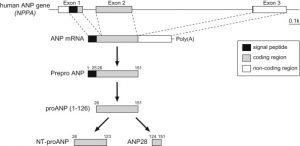
Purity: Greater than 85% as determined by SDS-PAGE.
Species: Pongo abelii (Sumatran Orangutan) (Pongo pygmaeus abelii).
Source: E.coli.
Expression Region: 527-637aa.
Molecular weight: 19.8 kDa.
Tag information: N-terminal 10xHis-tagged and C-terminal Myc-tagged.
Form: Liquid or Lyophilized Powder.
Context information
The CHORI-276 (Sumatran) orangutan BAC library has been constructed by Yuko Yoshonaga in the laboratory of Pieter de Jong at BACPAC Resources, Children’s Hospital Oakland Research Institute. Library preparation followed the cloning approach developed in our laboratory (Osoegawa et al., 1998). To obtain DNA, a request for a blood sample was sent to Dr Greely Stones at the Gladys Porter Zoo.
After a favourable review, and coinciding with a scheduled annual physical, she provided a blood sample from a female Sumatran orangutan “Susie” (Studbook #1044; ISIS #71). Susie is the mother of the male orangutan “Second” used as the DNA source for the CHORI-253 BAC library. She isolated high molecular weight DNA from white blood cells by embedding them in agarose.
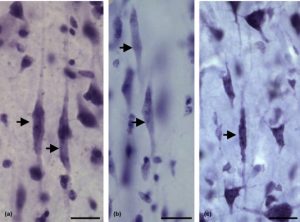
The embedded DNA was partially digested with a combination of EcoRI restriction enzyme and EcoRI methylase and size-fractionated by pulsed-field electrophoresis. DNA fragments from the appropriate size fraction were cloned into the pBACGK1.1 vector between the two EcoRI sites. The ligation products were transformed into electrocompetent DH10B (T1-resistant) cells (Invitrogen).
The library has been plated in 528 “384 well” microtiter plates and subsequently gridded onto eleven 22 x 22 cm high-density nylon filters for probe hybridization screening. Each hybridization membrane represents more than 18,000 different BAC clones (48 plates), printed in duplicate. The characterization of the library was in charge of Teresa Ren and Kazutoyo Osoegawa. Construction of the BAC Library was supported by NIH grant HG025323-03 under the auspices of the NIH-funded BAC Resource Network.
